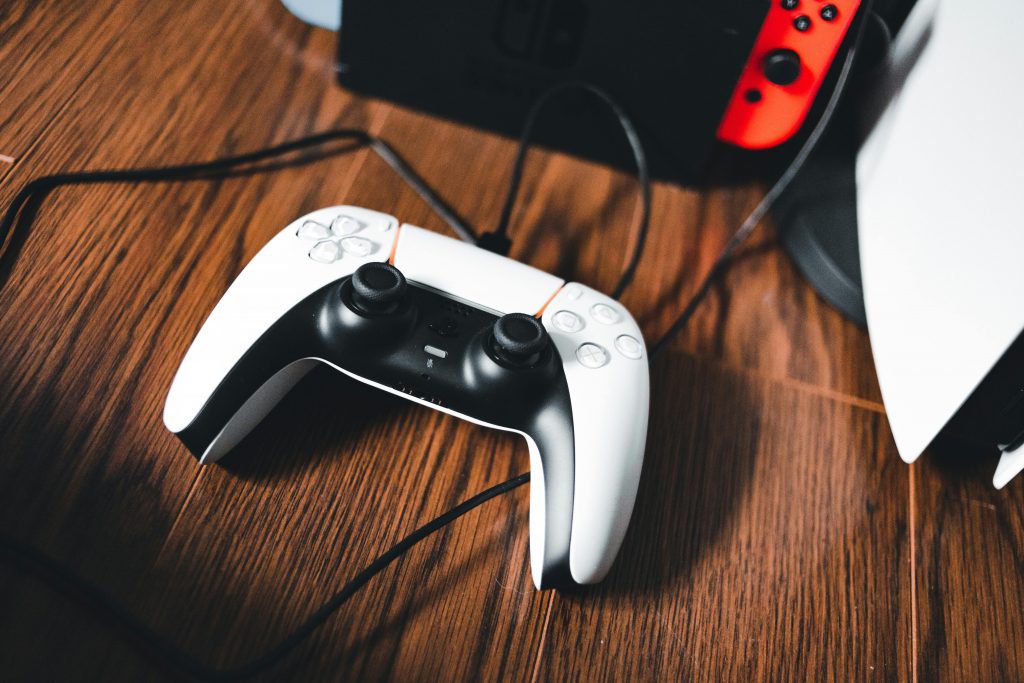Players often talk about lag in GTA Online as if it’s just about connection speed. In reality, what most people feel in 2025’s expanded lobbies and redesigned menus is input delay — that fraction of a second between your button press and something happening on screen. It’s not always your internet. It can be display timing, variable refresh rate (VRR) conflicts, or even your console’s menu caching. Here’s how to reduce it without touching a single mod or risky file edit.
Step 1. Check the basics Rockstar actually recommends
Rockstar Games Support still lists packet loss, NAT type, and background app bandwidth as the top causes of GTA Online lag. On PS5 and Xbox, use the built-in “Test Internet Connection” option and look for upload jitter higher than 10 ms. That jitter number matters more than pure speed for lobby smoothness.
If you’re on PC, Rockstar suggests temporarily disabling VPNs and monitoring “MTU size” in your network adapter (ideally 1473–1500). This ensures matchmaking requests aren’t fragmented, which can cause stalls between lobby joins.
Once you’ve done that, clear your system cache:
- Fully power off the console.
- Unplug for at least 60 seconds.
- Restart and relaunch GTA Online.
This removes leftover temporary menu data that often accumulates after updates.
Step 2. Understand INP — the new measure of responsiveness
In 2024, Google replaced “First Input Delay” with Interaction to Next Paint (INP) as a Core Web Vital, meaning it now gauges how fast a system reacts after you do something. The same concept applies to game menus. When you tap “Start Online,” your console or PC must fetch server data, render a new layer, and paint it on screen. Every microdelay compounds.
Lower INP = faster menu feel. You can test this by timing how long it takes for the pause menu categories to appear after pressing Options or Start. Consistency is the goal; even if it’s not instant, it should feel predictable. If each press takes a slightly different time, you’re likely facing caching or VRR issues.
Step 3. Analyze interface layout and first-interaction speed
Menus feel slower when the visual hierarchy isn’t predictable — when the eye or thumb doesn’t know what’s next. GTA Online’s latest design uses category tiles, filters, and scroll grids similar to other digital catalogs. If you want to test first-interaction speed in a totally different area, you might like to try a digital platform that offers games, such as online casino games.
Studying online casino games menus can teach you how consistent icon sizes, load-as-you-scroll behavior, and quick tap recognition reduce perceived delay. These interfaces prioritize readable labels and steady frame timing over heavy animations. They handle a huge amount of content, since most carry hundreds or even thousands of games, so this smoothness is absolutely key to usability. That’s one of the reasons casinos make such a good comparison when you’re exploring this area.
The same principle applies when customizing your garage or browsing jobs in GTA Online: shorter, clearly defined scroll zones make navigation smoother than long, decorative carousels.
When testing your lobby feel, try this 90-second routine: open a category, change one filter, press back twice. Note whether the transitions hold steady. If you see micro stutters, reduce HDR or motion blur temporarily — both add frame-to-frame latency that affects INP perception.
Apply the same observation mindset in GTA Online’s menus: notice how quickly tabs appear, whether button presses register consistently, and how smooth the transitions look when you back out of submenus. The goal isn’t cinematic perfection — it’s to feel a natural rhythm between action and result.
So, now we’ve finished the testing stages, let’s look at speeding things up.
Step 4. Use VRR and frame pacing to your advantage
Enable Variable Refresh Rate (VRR) on PS5 or Xbox Series X to sync your screen’s refresh with the game’s output, reducing microtears and making menus feel smoother. On PC, use G-Sync or FreeSync with a 120 Hz display and cap the frame rate slightly below its limit (for example, 118 fps on 120 Hz) to prevent latency spikes. If lag persists, turn off overlays like Discord or GeForce Experience, which add unnecessary frame buffering.
Step 5. Reduce input-to-paint gaps with console settings
These small tweaks often cut a few milliseconds off menu response time:
- Turn off system animations (PS5 Accessibility → Motion → Reduce Motion).
- Use Performance Mode rather than Resolution Mode in GTA Online’s settings.
- Disable 120 Hz output if your display doesn’t support VRR; mismatched refresh rates slow UI feedback.
- Set HDMI Deep Color to Auto, not Forced, to prevent unnecessary processing lag.
- Keep controller firmware updated — drift correction can slightly delay first inputs.
Then perform a “feel test”: press Start, switch to Online, open Settings, and back out. Time it roughly in your head. Smooth response equals low INP.
Step 6. Manage network variability beyond speed
High download speed alone won’t prevent stutters. Use a wired Ethernet connection when possible. If you’re on Wi-Fi, switch to the 5 GHz band (channels 36–40) and keep streaming devices off it during play.
Rockstar Support notes that short upload spikes can desync matchmaking. Enable your router’s QoS (Quality of Service) and prioritize your console’s MAC address to smooth out traffic. For shared networks, play outside peak streaming hours — stability matters more than bandwidth.

